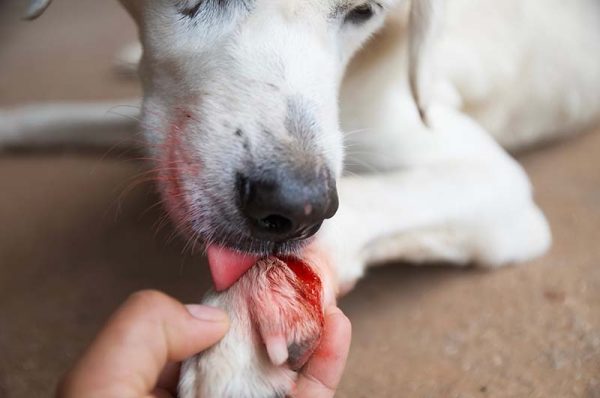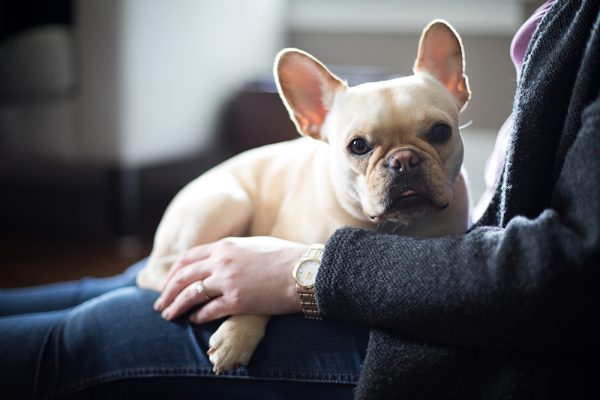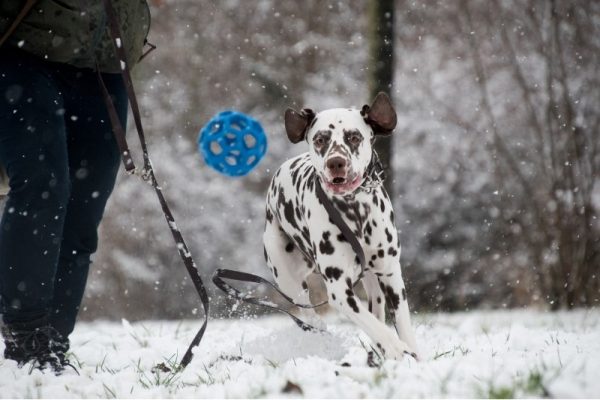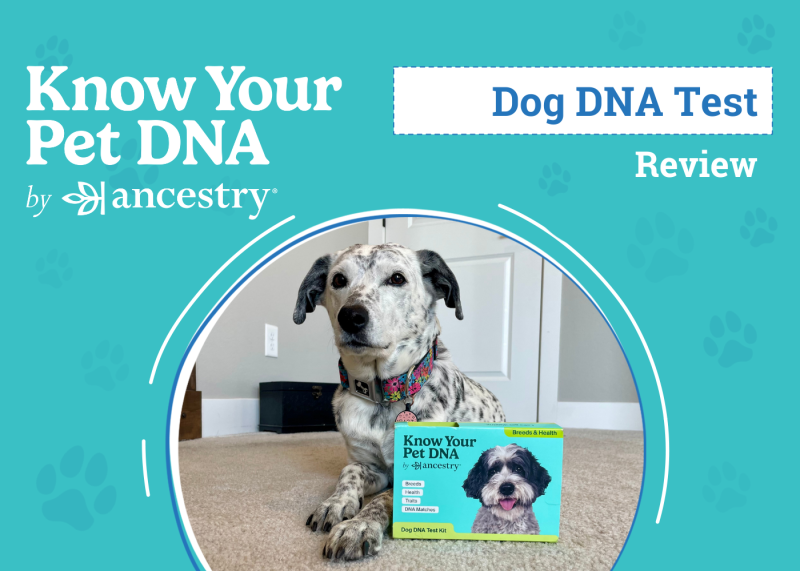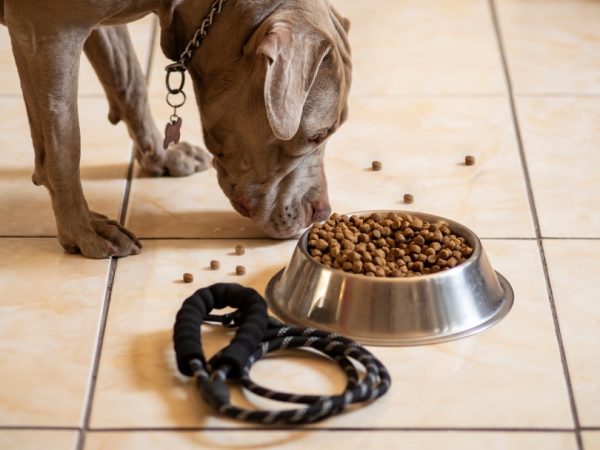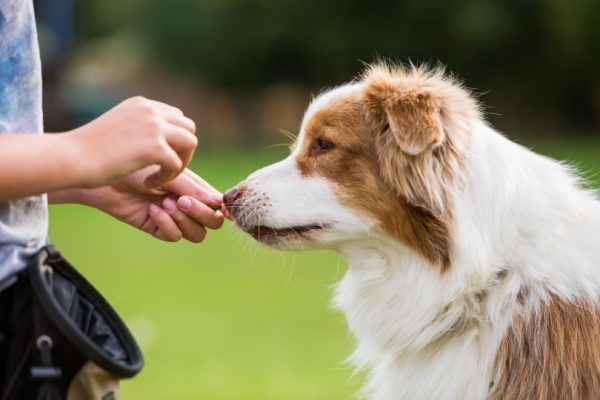In this article
If your dog runs away, it can be exceptionally stressful. You may feel hopeless, but there is a lot you can do to help ensure your dog gets back home. However, many of these actions work best if they are done right away. Otherwise, they may be less effective or not work at all.
Here’s what you should do if your dog runs away, starting with the things you should do immediately.

The 10 Things to Do When Your Dog Runs Away
1. Stay Calm and Act Fast

If your dog takes off running through the door, your first instinct is probably to panic. However, running out the door and chasing your dog is the last thing you want to do. Instead, it’s important to stay calm and acknowledge the situation. Your dog has run away, and now you need to take the next appropriate steps.
It’s vital that you stop what you’re doing and focus solely on finding your canine. Time is of the essence. Every second matters when you’re trying to bring your dog home.
If you have others in your household, immediately call on them to help. Having as many hands on deck as possible can increase your success rate.
2. Don’t Chase
Your first instinct is probably to chase your dog. However, this is the last thing that you should do. Dogs that are chased tend to run even faster. Your dog may either become fearful and take off running, or they may believe that you are playing and keep up the chase. Unless you are absolutely confident that you can outrun your dog, you shouldn’t even try!
Instead, call them by their names in a friendly tone that may entice them to come back. Shake a bag of treats if you have them. Sometimes, dogs that truly think you’re playing may return to the house if you walk back inside. Leave the door open and watch from a window. Your dog may come and find you.
Think of things that your dog likes, such as a favorite squeaky toy, and try to coax them back with it. You need your dog to come to you since your chances of catching them are very slim.
When your dog does approach, kneel down, and don’t try to grab at them right away. Doing so may only cause them to run away again, and getting them to come back a second time may be even harder!
3. Secure the Area

If your dog is in sight, try to secure the area if you can. In the middle of the countryside, this may not be possible. Your dog can run off through the woods in any direction, no matter what you do. However, if your dog is already in a contained area, shut gates and doors to prevent them from escaping further. In a more urban setting, you may be able to close off alleyways to keep your dog contained in a smaller area.
This step will depend largely on where you live and where your dog is. Shutting a garage door to prevent your dog from escaping further is pretty straightforward. Trying to block off a field is not. Use your common sense, and skip straight to the next step if you live in a rural area that makes blocking anything off impossible.
4. Search in the Vicinity
Not all dogs run off. Sometimes, they head out the door and around to the other side of the house. Other times, they may be distracted by the neighbor’s dog and slow down. Many dogs will be found in the immediate vicinity, especially if they have only just escaped.
Even a confident dog may become fearful once they realize they’re lost. They may seek out hiding places, like sheds or underneath cars. If any of your neighbors have left a shed open, there’s a possibility that your dog is inside. Dogs may also crawl underneath porches or find themselves in a neighbor’s garage.
If you don’t know where your dog has gone, your first step should be to check all of these. While you’re at it, ask neighbors and passersby if they’ve seen your dog. Having a picture handy can be helpful. Ask neighbors if you can check outside sheds and underneath their porches if they have them.
Checking as soon as possible is important, as a dog may not stay in their hiding place for long.
5. Create and Post Lost Dog Flyers
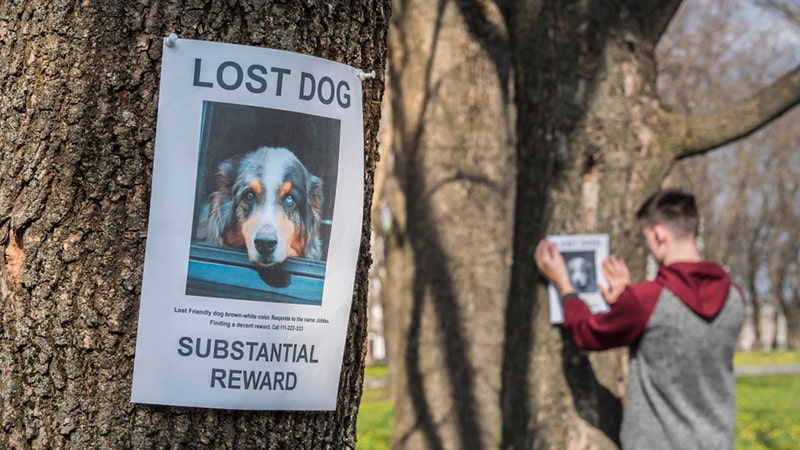
If you still haven’t found your dog, there’s a chance they’re hiding out somewhere. We recommend creating lost dog flyers using a recent picture of your dog. Include their name, breed, size, and any distinguishing features. Your phone number should be in a very prominent place.
Post these flyers around your neighborhood. It’s possible for a dog to become scared and run miles from home upon escaping. Therefore, we recommend driving around and posting flyers. Don’t just place them in your immediate area.
You should also take flyers to your local animal shelter and vets. If your dog is found, they’ll likely be brought to one of these locations. These flyers are less for those who come into these buildings and more for those who work there.
Posting online is also recommended. Facebook is an easy place to post your missing pet poster. Consider posting on your personal page and any community groups. Many areas have lost and found groups on Facebook too.
6. Contact Shelters and Local Animal Control
If your dog is found, it’s likely that they’ll be brought into a local shelter or picked up by animal control. It’s important that you make these services aware that your dog is missing. If possible, bring a flyer to them so they can be on the lookout. A verbal description is far less helpful than a picture. However, even if you can’t visit right away, providing a verbal description is better than nothing!
Check back regularly. Don’t assume that they will call you if they’ve found anything—they may sometimes be too busy to remember this task. If the shelter has a website, check regularly for pictures of their newly found pets. The shelter receives dozens of missing pet reports all the time, so you can’t assume that they’ll remember yours.
When in doubt, it’s always best to go in and look at their current dogs, especially if your dog has a more unusual coloration. What you consider to be “tricolored” isn’t necessarily what those working at the shelter may consider tricolored. Breeds are also notoriously hard to identify on sight alone, so you may run into issues even if your dog is purebred.
7. Contact the Microchip Company

If your dog is microchipped, contact the microchip company as soon as you’re done passing out flyers. It’s important that you update your contact information if necessary. If your dog is found, the microchip company needs to know how to contact you. If your information is out of date, they can’t do that.
Of course, this is only applicable if your dog is microchipped. Microchipping isn’t something you can do after your dog is already lost.
8. Leave Familiar Items Out
Dogs don’t always recognize what the outside of their home looks like. You look at the front of your house all the time, but your dog probably doesn’t. Therefore, it’s important to provide other ways for your dog to recognize their home. Scent is the best way to accomplish this, as dogs can smell much farther away than they can see.
Place your dog’s bed, favorite food, and any other favorite items outside. If your dog sleeps on a blanket, use that. Try anything that smells like them, or you can provide a marker that your dog remembers. Dogs often want to come back home, but finding their way back while in the outside world that they’ve never been in can be challenging!
You may also want to hang your unwashed clothes outside, as these will smell like you. The combined scent of your dog and your clothes may help entice your dog back if they’re within smelling distance.
9. Set Up a Humane Trap
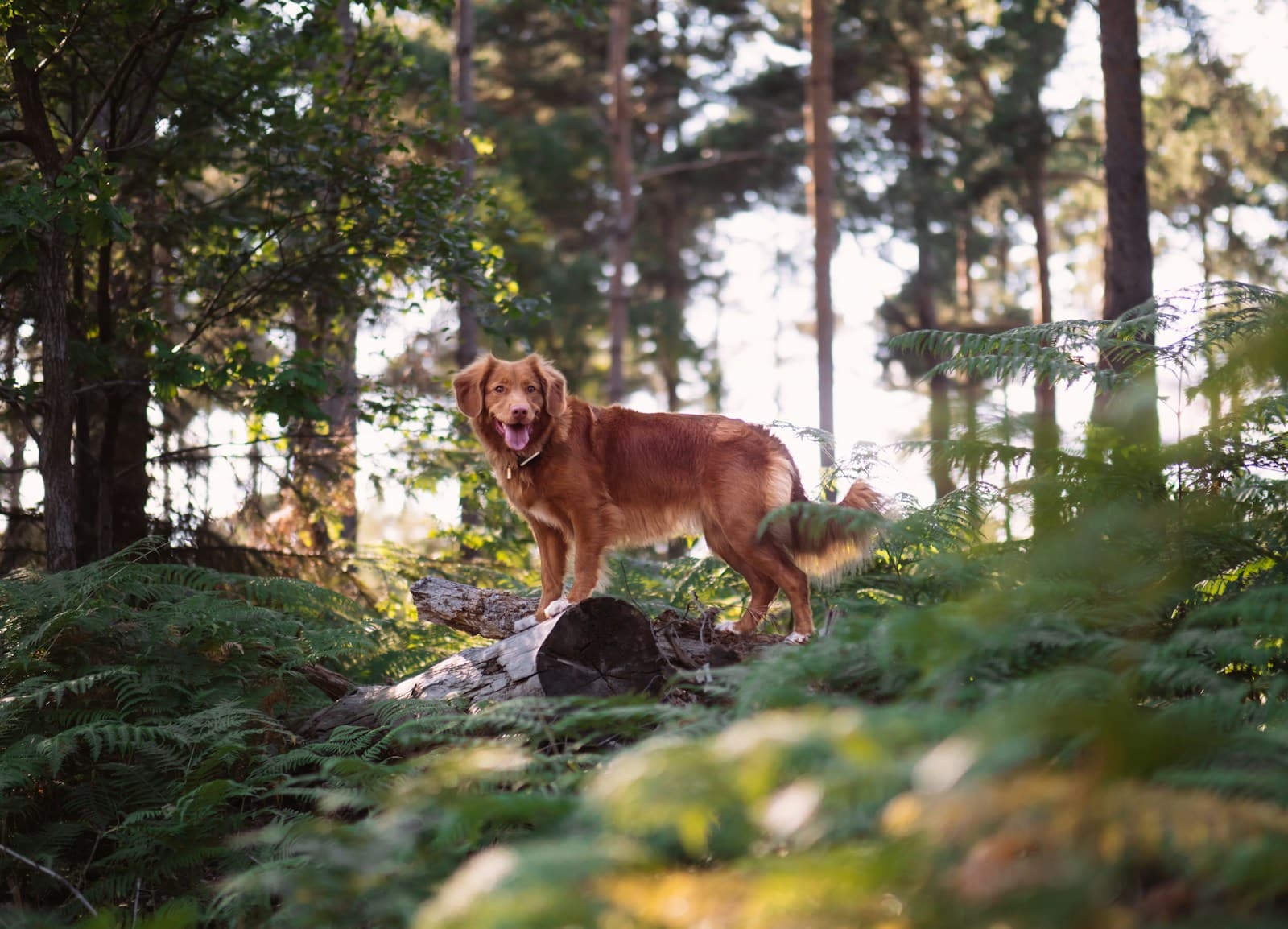
Ensure that it is legal to use a humane trap before setting it up! In some jurisdictions, using a trap can be illegal (even if your sole intention is to trap your own pet).
Sometimes, dogs just get scared and don’t want to come home for one reason or another. They may only come out when no people are around, for instance. Luckily, food often wins over fear once the dog becomes hungry enough.
Therefore, setting out a humane trap may make capturing your dog a bit easier. Put some very yummy food inside and place it in the area you think your dog is in. The trap should be properly ventilated and humane, of course. You should check it often, but your dog should be comfortable inside the trap until you visit again.
Preferably, you should monitor the trap remotely. Hunting cameras work very well for this purpose. If you catch anything that you didn’t mean to, release the animal straight away. The last thing you want is to catch someone else’s pet.
10. Be Patient
It can seem very hopeless if you don’t get your dog back right away. However, lost dog reunions can happen days or even weeks later. Therefore, it’s important not to lose hope and to keep searching diligently. Keep your posters up for as long as you’re able, and continue to check with the animal shelter and your local vet clinics.
Posting online several times over a few weeks can also be helpful. It doesn’t take long for a lost dog post to become buried, so we highly recommend posting a few times during the first week to increase the chances of everyone seeing your canine.
Utilize apps and websites dedicated to finding lost pets, like Pawboost or Finding Rover. These platforms can help reach more people and connect you to potential sightings.
If you don’t have any sightings, you may want to offer a reward to incentivize people to come forward with information. There is also the chance that someone has your dog but doesn’t want to give them up, especially if they are cute. However, offering a reward may be just the incentive they need.
You should also keep an eye on Craigslist. If your dog was stolen, there is a chance that the kidnapper may try to re-sell them on one of these platforms. Check neighboring areas too, as thieves sometimes take dogs to the next town over to avoid running into the original owners.

Final Thoughts
We hope this article has helped you know what to do if your dog has run away. Having a lost pet can be especially frustrating. However, if your dog ran away, there are a lot of things you can do to find them again. In the immediate time following your dog running off, you should prioritize keeping an eye on them and convincing them to come back. You should not chase after them, though, as this just makes most dogs run farther away.
Be patient and helpful, continuing to spread the word and checking online reports regularly. Lost dogs sometimes take days or even weeks to return.
See also:
- Why Do Dogs Eat Sticks? Decoding Canine Behavior (Vet-Approved)
- How to Remove Dog Tear Stains Naturally: Vet-Approved Tips & Tricks
Featured Image Credit: K64End, Shutterstock



